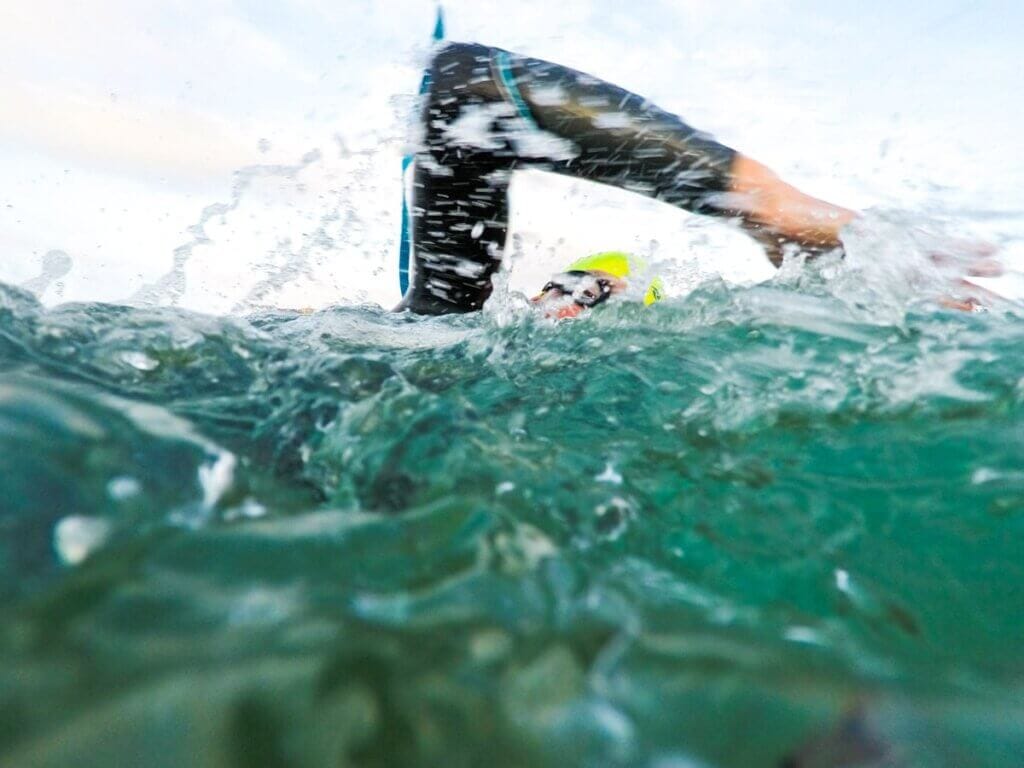Wave sets and lulls: Is every seventh wave the biggest?

As a kid growing up in the Great White North (Canada), I learned everything about the ocean from my parents during our annual vacation to Cape Cod on the east coast of the US.
They would tell me about collapsing sand bars and the undertow that would suck me under and a whole bunch of other things that were totally incorrect, but the thing that intrigued me the most was that apparently “every seventh wave was a big wave’.
I used to test the ‘every seventh wave the biggest wave’ theory by counting waves while lying on my lilo and just as I was beginning to realize I’d been duped again in another Santa Claus-like scam, a bunch of big waves would appear out of nowhere and completely swamp me.
So the idea that every 7th wave is a big wave isn’t true, but like many old sayings, there is definitely an element of truth to it and that element is called a wave set.
What are wave sets?
A wave set is a group of three to ten large waves that seemingly appears out of nowhere and disappears just as quickly. Not only does the number and height of waves in each set vary, so does the length of time between sets. Sometimes it’s 5 minutes, sometimes it’s 25. So what’s going on?
Well, when waves are formed by wind, they tend to gather together in posses called wave trains that start moving together. Now, the ocean is pretty big and there’s a lot of different wave trains coming from all sorts of directions that have different wavelengths (distance between wave crests) and as they collide into each other they sort of merge together forming a new wave train.
If the wave crests coincide, the new crest is bigger. If the troughs coincide the new trough is deeper. This is called constructive interference because the crests and troughs have added together. However, if the crests and troughs of the two waves overlap, the whole thing gets cancelled out due to subtraction and the result is a flat spot in the wave. This is called destructive interference.
Once the waves get locked in with each other, they travel as a new train that will have some sections of constructive interference (the large waves of the wave set) and some sections of destructive interference (the lulls between sets). This may be a simplified explanation, but the truth is that the formation of sets is pretty random and hard to predict. Generally, the further waves travel and the longer period they have, the more pronounced the sets are.
Wave sets are pretty important because when they break, they cause rip currents to suddenly accelerate, sweeping unsuspecting swimmers quickly offshore, and can easily wash fisherman off of rocks. They also provide the biggest and best surfing waves. You might find it strange that surfers seem to hang out well offshore of where the waves are breaking, calmly gazing at the horizon for ages. What they’re waiting for is the next set and the wave of the day. It’s definitely worth it.
How to use sets and lulls like an ocean swimmer
Understanding wave patterns in the water can help ocean swimmers swim more efficiently through the surf zone.
The most basic pattern you should be looking for are sets and lulls.
Once you’ve identified this pattern, use this knowledge to:
- Choose when to enter the water. Swimming in a lull will help you avoid waves.
- Choose when to return to shore. Bodysurf a set wave, or avoid heavy dumping waves by swimming through the break-zone during a lull.
- Get a boost off the beach. Enter a rip current directly after a large set and ride the larger pulse of water away from the beach.
- Mentally deal with swimming through the surf. If you know approximately how many waves are in a set, it can be of comfort as one wave after another starts to tire you out.
First published in March 2012.







Responses